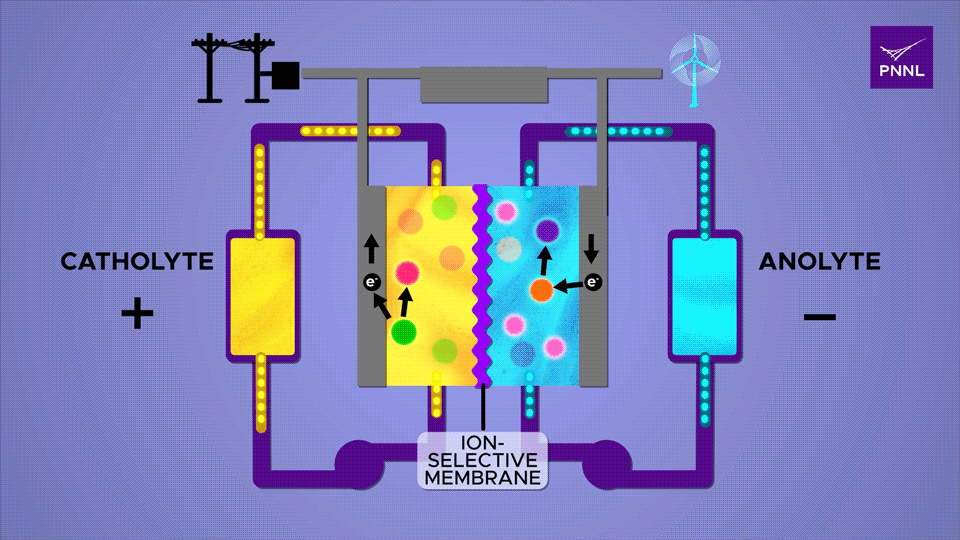Two groups of researchers in South Korea and America have added silicon and sugar as ways of gaining more energy from two different types of batteries. The 10X Battery at Last? Researchers at Pohang University of Science & Technology (POSTECH) in South Korea have developed a “layering-charged, polymer-based stable high-capacity anode material.” POSTECH professors Soojin Park (Department of Chemistry) and Youn Soo Kim (Department of Materials Science and Engineering) and Professor Jaegeon Ryu (Department of Chemical and Biomolecular Engineering) of Sogang University think their discovery could increase current electric vehicle range “at least 10-fold.” As noted in this blog many times, the idea of a 10X battery has been a matter of intense research from Yi Cui at Stanford and his research partner Jaephil Cho in South Korea, along with John Goodenough at Rice University and Jeff Dahn at Canada’s Dalhousie University – among others. Silicon and Polymeric Benders One of the bigger problems with using silicon in a battery …
Nanopaper Solar Cells – Finest Wood Pulp in the World
Nanopapers are, like the paper we use daily, made from wood pulp, but in this case reduced to nano-sized lengths and formed into “a network of nanofibrillated (tangled) cellulose (NFC).” This tangled network, a seemingly impenetrable mass, is surprisingly transparent, and the paper’s increased light scattering makes it 90 to 95-percent transparent (a counter-intuitive thought). Earlier discoveries showed that coating the paper with carbon nanotubes “made the paper very strong and highly conductive, which could allow it to be used for printed electronics (such as circuit boards) and in products that require a lightweight construction.” Extracting NFC from ordinary paper fibers is a time and energy intensive process, so the next batch of nanopaper won’t use these fibers, instead “detangling” or “unraveling” the cellulose through a process called tempo-oxidation to make “nanoribbons.” Nanopaper made from these ribbons is 91 percent transparent, has its surface oxidized to increase strength, and has a layer of silver nanowires for conductivity. A TEMPO (Tetramethylpiperidinyloxy) NaBr-NaClO oxidation …
Chew on This: How a Snail Might Teach Us How to Make Better Batteries
Radula: A flexible tonguelike organ in certain mollusks, having rows of horny teeth on the surface. [Latin r dula, scraper, from r dere, to scrape] freedictionary.com The Gumboot Chiton is not pretty, and is downright ugly when turned over. The rows of molars on its underside are wonderfully suited though, to scraping algae off rocks, and the hardness of its dentures is something materials scientists study closely. The Chiton, described as a “wandering meatloaf” because of its hump of leathery brown upper skin, may not have an alluring personality, but is teeth are magnetic, leading to University of California, Riverside assistant professor David Kisailus’ attraction to them. Kisailus, specializing in chemical and environmental engineering, and his fellow researchers may have found lessons in nature, and in the mouth of this marine snail, “to create less costly and more efficient nanoscale materials to improve solar cells and lithium-ion batteries,” according to the University. Up to a foot long, “Chitons have evolved to …

